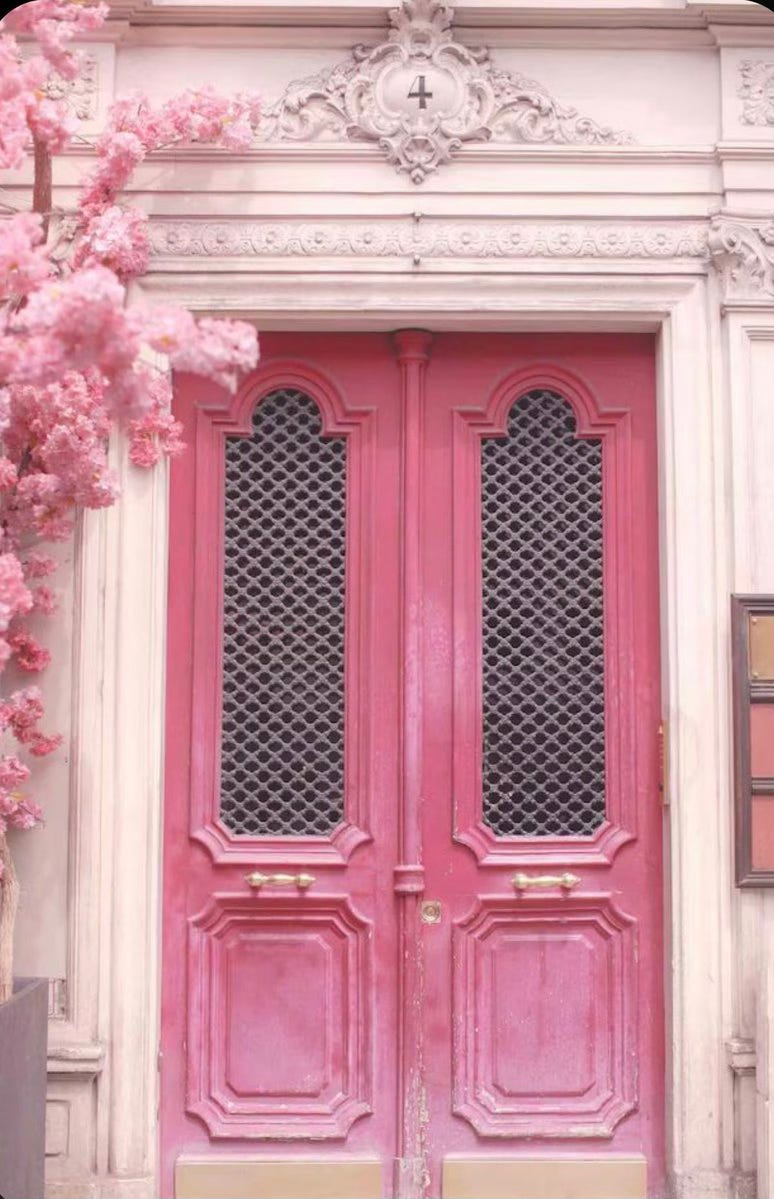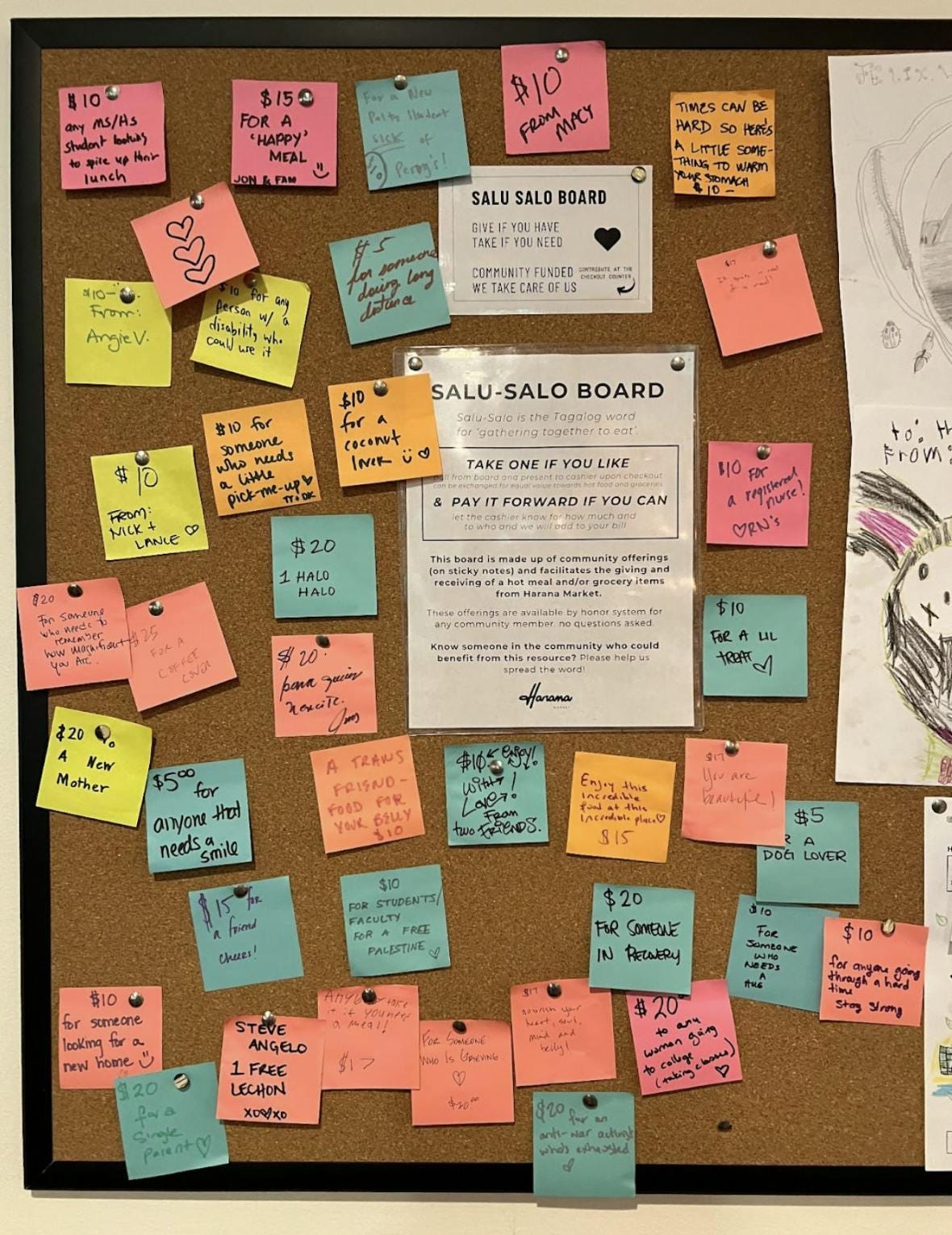Advice for people who love people, but avoid groups
Priya Parker's guide for quiet or shy hosts and guests
Dear You,
A while ago, I wrote to those of you who love individual people, but feel unsafe in groups. It was one of our most-read Kindred Letters. There are a lot of you out there!
And many of you talked about the particular unease of being a host, a group-leader, or just a regular attendee of meetings, parties, and gatherings.
Enter Priya Parker, the host extraordinaire and bestselling author of The Art of Gathering: How We Meet and Why It Matters. I invited Priya to write to you today, on the topic of “Why Designing for Introverts is Better for Everyone.”
“You can gather well,” says Priya, “even if you weren’t the star of your high school theater production. Quieter super hosts tend to rely on design rather than, say, the force of their personality to create artful gatherings. And you can, too.”
Here’s Priya:
“There’s a set of questions I’ve been getting recently:
“Do you have hosting tips for people who don’t like being the center of attention?”
“Can I be a good host if I don’t have a big, bubbly personality?”
“What if I’m better one-on-one?”
“I’ve been feeling anxious around big groups since lockdown. How do you gather when you have social anxiety?”
I respond the same way each time: “Congratulations! You share a trait with the most artful gatherers that I know.”
Years ago, I interviewed dozens of people for The Art of Gathering who were known as phenomenal gatherers both inside and outside of their communities. I was surprised by how many of them, unprompted, would share with me that they self-identified as introverted, “preferred to stay out of the spotlight,” or had a “lower social battery.” I found this counterintuitive until one woman finally told me, “I don’t know about everyone else, but I’m uncomfortable at most gatherings that I go to. So I create the gatherings that I wish existed in the world.”
Self-identifying introverts may be more willing to admit it, but in my experience, everyone has a bit of a fear of groups. Being in touch with that fear is healthy and makes for better gatherers. When we’re nervous, we’re more likely to prepare thoughtfully. We don’t just wing it.
Here’s a little secret: you can gather well even if you weren’t the star of your high school theater production. Quieter super hosts tend to rely on design rather than, say, the force of their personality to create artful gatherings. And you can, too. When you bake thoughtful design into your gatherings, you release yourself from the weight of being the primary vector for connection. And your gathering will be a hit, no matter how “on” you’re feeling that day.
The shy host's guide to designing for everyone:
Instead of small talk, try small play.
Whenever I go to my friend Heidi’s house, everyone from the six-year-old to the 60-year-old has a good time. She leaves tiny, non-verbal invitations all over her house for guests to discover. There might be a backgammon board, out of the case, placed on a coffee table. A pile of books to flip through, stacked in a window nook. A kid-sized table with a cup of markers and two pieces of white paper left out. A big jump rope in the backyard. Each is a pro-social nudge to connect and engage, often in smaller pairs, in ways that tend to lead people through side doors into unexpected conversations.
Re-imagine the old smoke break.
Groups are like accordions: they need moments of compression and moments of release. I used to live in a long, narrow, rail-road-style apartment. Whenever we’d have guests over, I noticed there would almost always be two or three people who wouldn’t enter the living room but have animated conversations squished into the narrowest point of the hallway between a painting and a bookshelf. A friend of mine dubbed it their “tiny introverted dream spot.”
You can design these escape hatches into your gatherings, too. I once attended a 40th birthday party on a large and sprawling rooftop. As I explored the venue, I noticed a small nook set up with two hammocks and a sign written in black Sharpie: “Susan Cain’s Introverts Corner.” In another corner, another sign: “The Vice Lounge.” This one was stocked with cigars and good whiskey. Both spots had completely different vibes from the main party. All night, people flowed steadily in and out of them to take breathers before coming back to the party with new and renewed energy.
Give guests tiny roles.
All of Vanessa’s most devoted regulars turned up at the bar to cheer on England in the Euros Final. They all knew each other except for one woman, who sat slightly apart from everyone and fiddled nervously with her phone. Vanessa handed her a tin of white and red face paint and told her that her job was to finger-paint England flags on the others’ faces. After the woman went around laughing and painting their faces, she spent the rest of the game cheering and hanging out with the other England soccer fans. We often think we shouldn’t ask people to help, but giving them small, specific roles creates an “in” to the group.
Ease people in as they arrive.
It’s normal to feel a flutter in your stomach (or more!) the moment before you enter a room filled with people. I certainly do. Artful gatherers welcome and orient during those precious moments of entry. I recently stopped by Harana Market, which describes itself as part community-gathering space, part Filipino homestyle kitchen, and part shop. As my family and I entered, someone from the staff warmly greeted us and explained how the space works. Then, on my right, I noticed a large corkboard with the words “Salu-Salo Board.” A sign explained that Salu-Salo meant “gathering together to eat” in Tagalog. The board was covered in “pay it forward” Post-its from previous guests addressed to anyone who might walk through the door and need a boost: “$20 for a single parent,” “$10 for a registered nurse,” “$5 for anyone who needs a smile,” “$10: get the halo halo!” I knew immediately this was a different kind of place.
***
It turns out that when we host the gatherings we wish existed in the world, we create gatherings that can hold so many more of us.”
(This post previously ran on Priya’s Art of Gathering newsletter.)
*
How about you? Which bits of Priya’s advice especially spoke to you?
(I was particularly struck by the idea of her friend Heidi, who leaves nudges (like backgammon sets and jump ropes) around the house, inviting people to connect “in smaller pairs, in ways that tend to lead people through side doors into unexpected conversations.”)
As always, I invite you to join the conversation below - and to share your own tips for gathering, hosting, and guesting!





Can’t say I really enjoy hosting, but for a few years in a row my company asked us to host the company Christmas party. Why? Cuz it was darn fun, that’s why! We did a casino night, literally transformed our house into a casino. Craps, roulette, blackjack… the dealers worn white shirts with black bow ties. The betting money? All the denominations had pictures of various company people on them. And IF you lost all of your money before the party was over, we had a list of things you could do to earn a little and get back in the game! Singing a carole was a BIG earner, but even getting someone a drink would get you enough for a few bets (we didn’t want anyone left out!). The last betting of the night was on the horse races, and we printed up race bet forms and played some horse races we had recorded on TV, and wow, ohhh wow, when the horses were heading for the finish line, the shouts were so boisterous it nearly blew the roof off! The end of the party was the chance to use your fake money winnings to buy gifts, so the big winners did better than the small winners. Yes, designing a party in a way that will include everyone and is fun for all is key, if you can pull it off. As for me, the host, I was on auto pilot at these parties, not much I had to do, the theme became the energy, and we did it in a way that would include everyone! I only did it a few years, and felt I’d done my part.
This is giving me courage. I recently moved into a new neighborhood- a cluster model where homes are fairly close to each other but nestled in and surrounded by trails, forest and meadow. I dream of events I'd like to host but fear I never will. Quiet nature walks with invitations at different spots. Tea ceremony in the forest. I remember one of the first gatherings I attended here. I was filled with anxiety but forced myself to go. The women of the neighborhood sat in a circle and gave a brief introduction. This always makes me tremble. I was surprised and comforted when someone self identified as an introvert and over half the women raised their hands in support and encouragement. Envisioning entertaining as creating experiences I'd like to attend and remembering how many of us are quiet ones helps.